So, you’re trying to take a 3D model in Revit and you want to export it as 2D linework… Here’s a quick way to do that!
This tutorial covers the following information:
2D Linework Overlay Examples
This is a trick that I use often for creating 2D wireframe drawings from 3D perspectives. Oftentimes, I overlay these lines as part of a collage to give another layer of information that I can easily edit. Here are a few samples of how you could apply this technique:
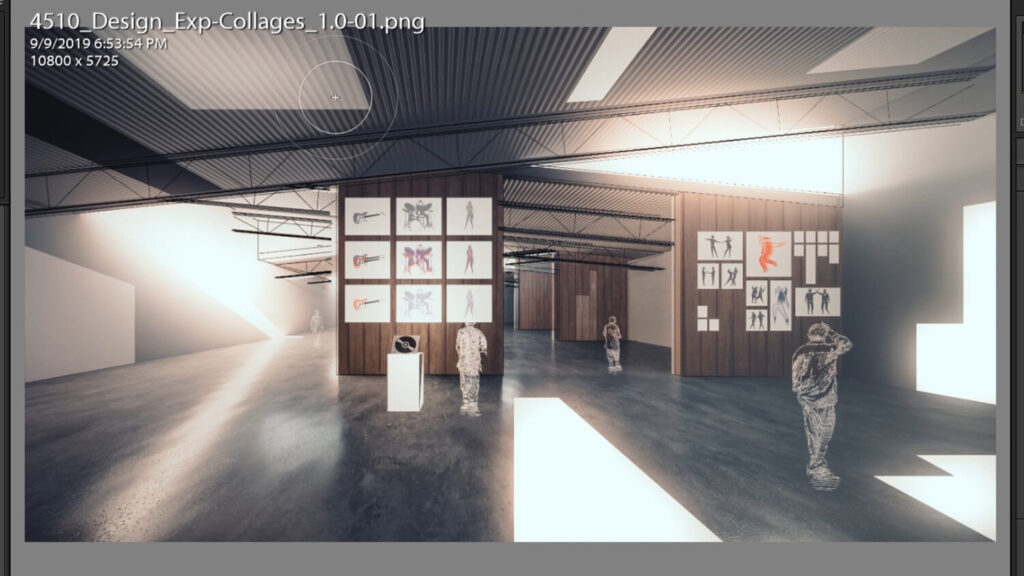
In the architecture concept screenshot above, notice the overlay trusses and roof elements. Converting a 3D model to 2D linework is useful for overlaying graphics in photoshop to work through fine-tuned visual concepts — allowing for greater control of color, light, and materiality.
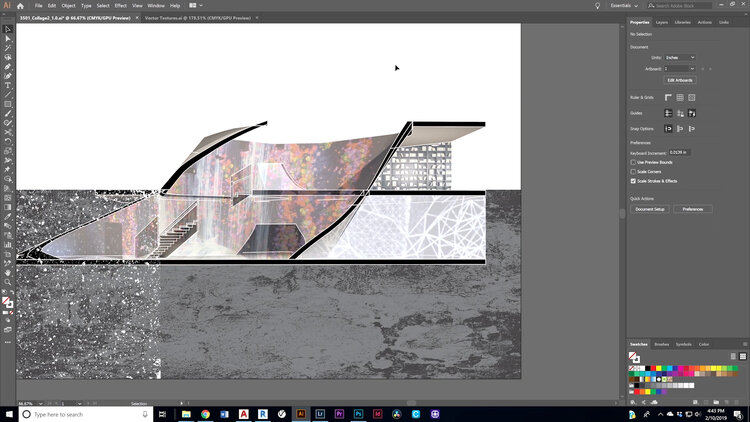
By exporting a base drawing from Revit as 2D linework, it’s easy to overlay other vector graphics in Adobe Illustrator.
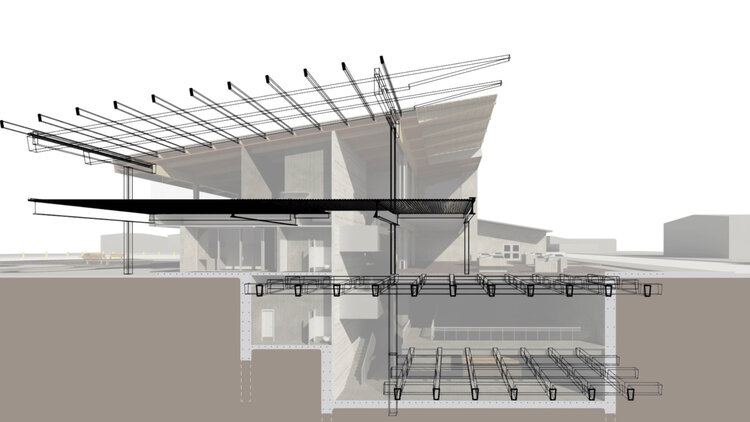
Or perhaps, you just want to accentuate specific elements in your Revit model. In the example above, the goal was the overlay the structural concept clearly. By converting the 3D linework to 2D vector linework, I was able to export a rendered section drawing from Revit into Illustrator, then simply overlay the 2D vector linework of the structural system.
Convert Any Image to Vector-Based SVG for Infinite Scalability
If scaling or pixelation of the background image is a concern, you may find it beneficial to convert a raster-based image into a vector-based image. In the process continued below, we’re going to overlay vector-based linework on top of a raster-based background image. However, if you’re trying to make the entire image have the ability to scale infinitely, you’ll want to consider converting the raster image (.jpg, .png, .gif), to a vector-based image.
I’ve found that converting to an .svg format is very straightforward. One really great tool to use to convert a raster image to a vector image is Adobe Express’ Free SVG Converter, a simple online tool that makes converting raster to vector images as streamlined as possible.
Full disclosure, Adobe has sponsored this conversion tool – but after having put it to the test in this process, I’ve found it to be a very straightforward and efficient tool to use.
How to Convert a 3D Revit Model to 2D Vector Line Drawing
DISCLAIMER: This method does not guarantee perfectly clean exports of 2D linework. The result that you get from using this method ultimately depends on how you have created your model in Revit. The quantity and type of 3D geometry that you have in your model will affect the linework quality.
With that being said, let’s get started.
For this method, we will be using AutoCAD and Revit. If you are looking to edit the resulting linework in Illustrator, there is a simple method for doing that which I cover at the end of this tutorial.
Place a 3D View on Sheet in Revit
First, open Revit and navigate to the 3D drawing that you want to export linework from. This will be either a perspective or isometric view. For this example, we will use a perspective view.
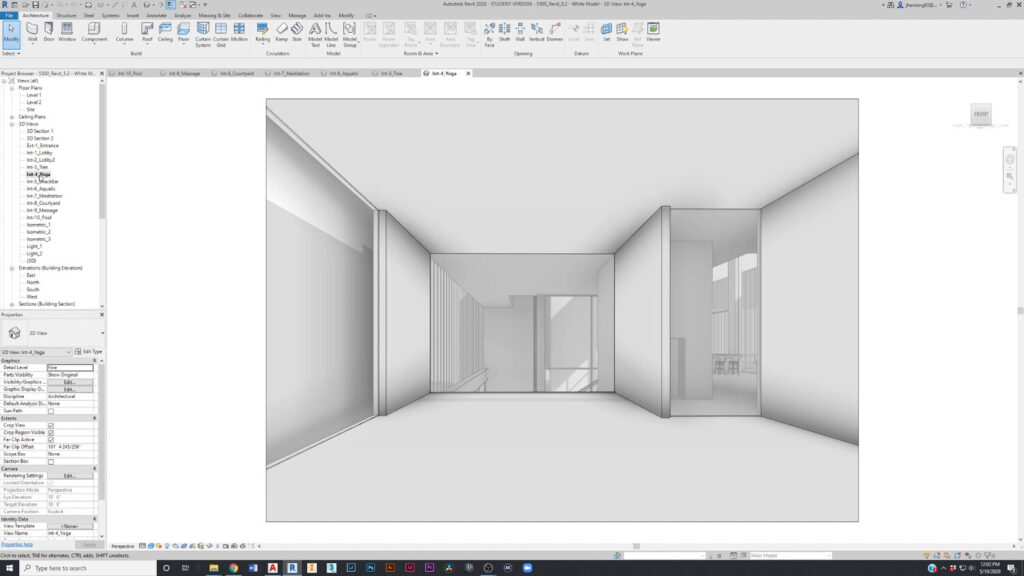
Create a new sheet to place the 3D view onto, and name it accordingly to keep your files clean. When we export this sheet, the name of your exported .dwg file will correlate with the sheet name that you choose.
Next, drag and drop the view onto the sheet you just created.
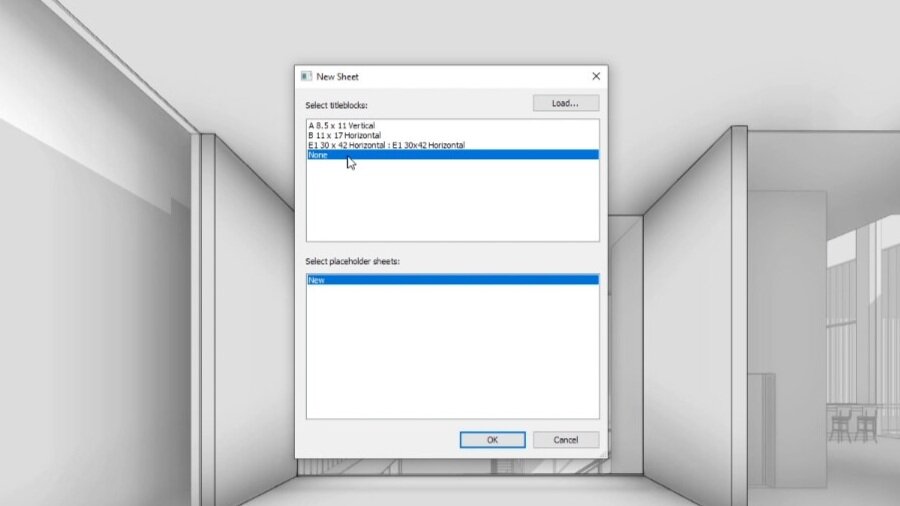
Export the Sheet + 3D View From Revit
In the main navigation bar, select “File” -> “Export” -> “CAD Formats” -> “DWG”. Select the location that you would like the .DWG file to be stored.
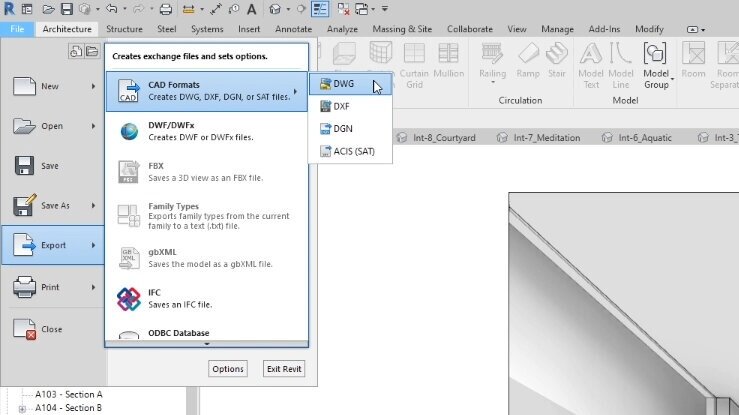
It may take some time to export, but that depends on the complexity of your 3D geometry. If it takes a LONG time to export, that’s a good indicator that you may have a lot of geometry in your file. Always be conscious of how much detail you want to show, and be sure to turn off or hide geometry that you won’t necessarily need for your 2D linework drawing.
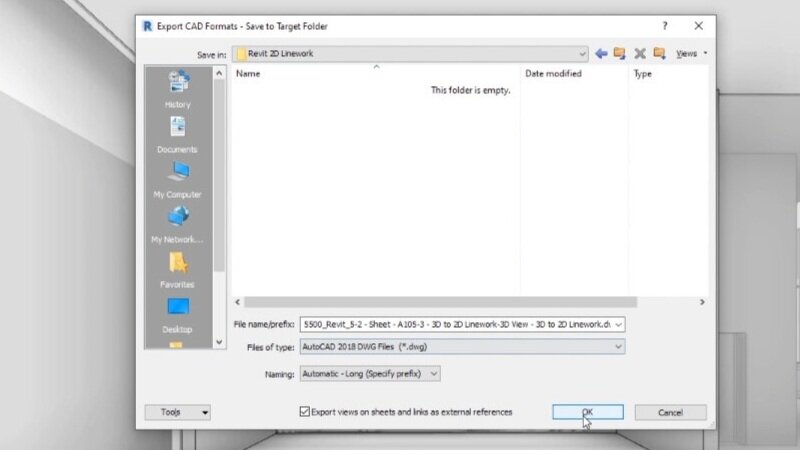
Once the drawing is finished exporting, navigate to the folder and you may notice two .dwg files have been exported. Revit defaults to exporting both the 3D model and the 2D sheet as separate files.
Open the Exported Revit .dwg in AutoCAD
We want to open the 2D sheet file in AutoCAD. Right-click the file, select “open-with”, select AutoCAD as your program.
In the “Model Space” of AutoCAD, you should see the drawing that you just exported from Revit, along with the sheet.
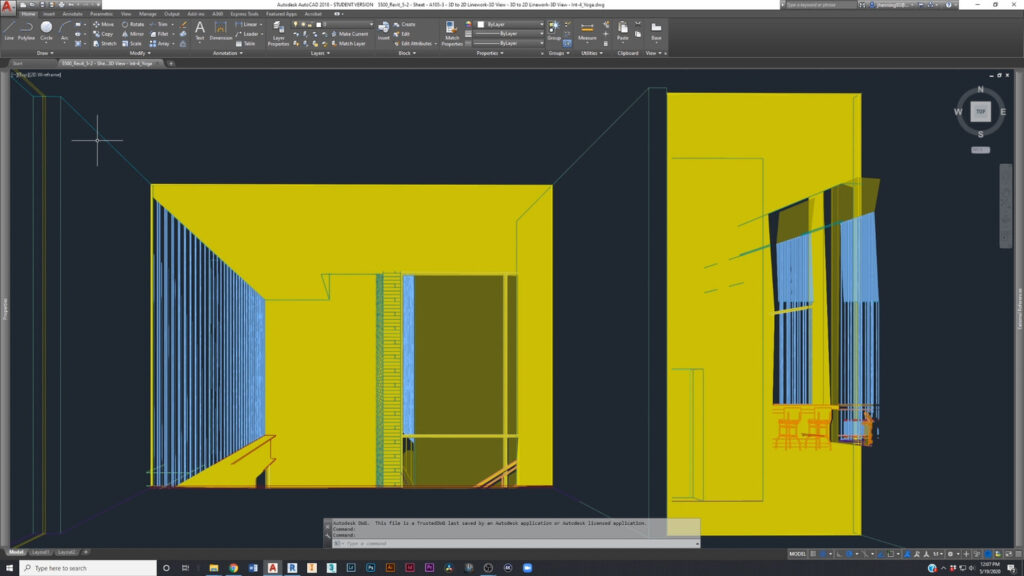
NOTE: FOR SCALING 3D DRAWINGS
Perspective views are ultimately scale-less. Isometric views, however, can have a scale factor. It is important to check your scales when moving between programs, as units can sometimes change.
In your drawing, you will see that Revit has exported linework and surfaces that are appearing as hatch patterns in AutoCAD. You will typically need to clean up the drawing a bit. Since Revit and AutoCAD work well together, you will notice lines and hatches are separated into layers based on your organization in Revit.
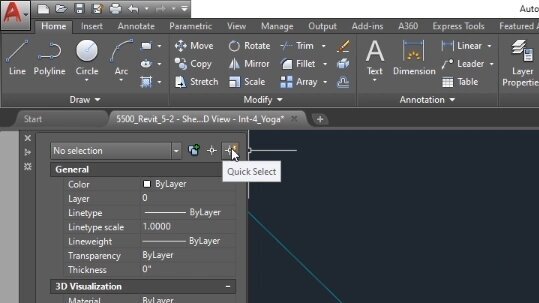
Use the Quick Select Menu to Clean Up The AutoCAD Drawing
If you want to get rid of the hatches quickly, go to the “Properties” tab. Open the “Quick-select” menu, which is the icon with the lightning bolt (because… speed!). For object type, select “Hatch”. In the “Operator” section, select “All” and hit OK.
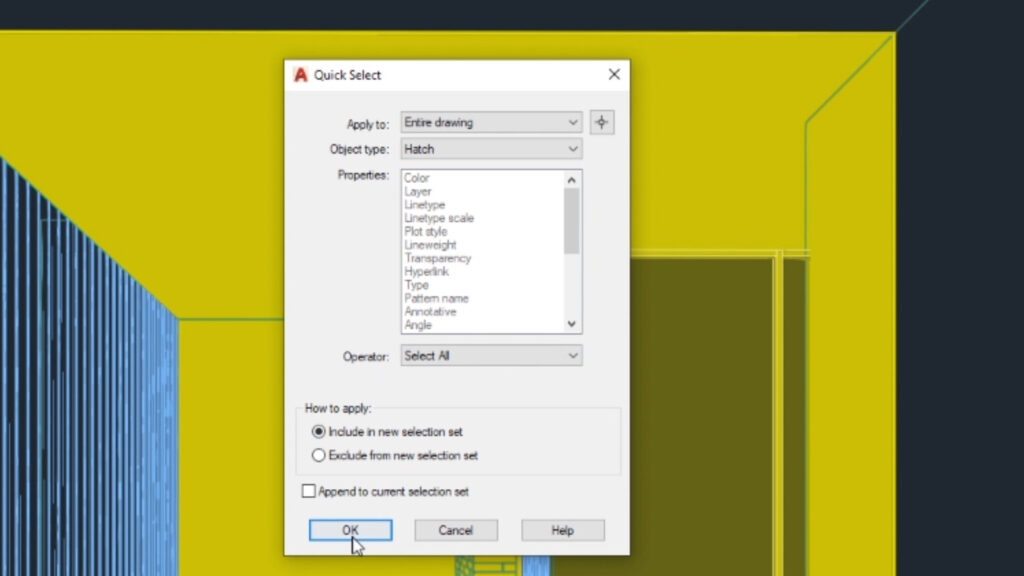
If done correctly, all of the hatch work in the drawing should be selected. Simply select “Delete”, and all of the hatch work will be removed from the drawing. Now you should be left with a pure line drawing.

Transfer Linework to Adobe Illustrator
At this point, this may be all that you need, but if you would like to transfer this drawing to Illustrator, here’s how you can do it:
To move your linework into Illustrator, go back to AutoCAD and type command “Select”, “All”. Follow with “Control”+”C” to copy the linework to your clipboard.

Open up Illustrator and simply “paste” the linework.
Illustrator typically groups everything together, so if you want to edit these lines individually, be sure to right-click and select “Ungroup”.
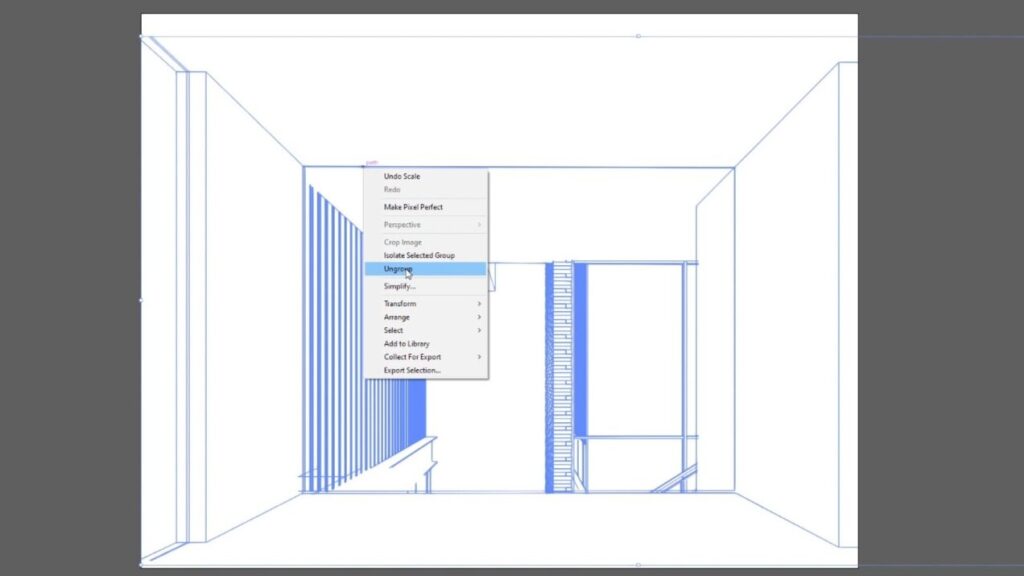
From here on, you’re all set. You can now edit these lines in Illustrator to your heart’s content.
Additionally, you can export the view from Revit as a 2007-2013 AutoCAD .dwg file and simply open it in Illustrator. The layers should be retained as they were in AutoCAD.
Good luck!

Jon Henning
Hi, I'm Jon. I write about emerging technology in architecture, engineering and design, and I want to help you push boundaries with the latest tech trends in the AEC industry.
Want to step up your AI Architecture Visualizations? Grab a copy of my FREE eGuide, which contains over 100 examples of AI Architecture prompts to use with MidJourney 5.